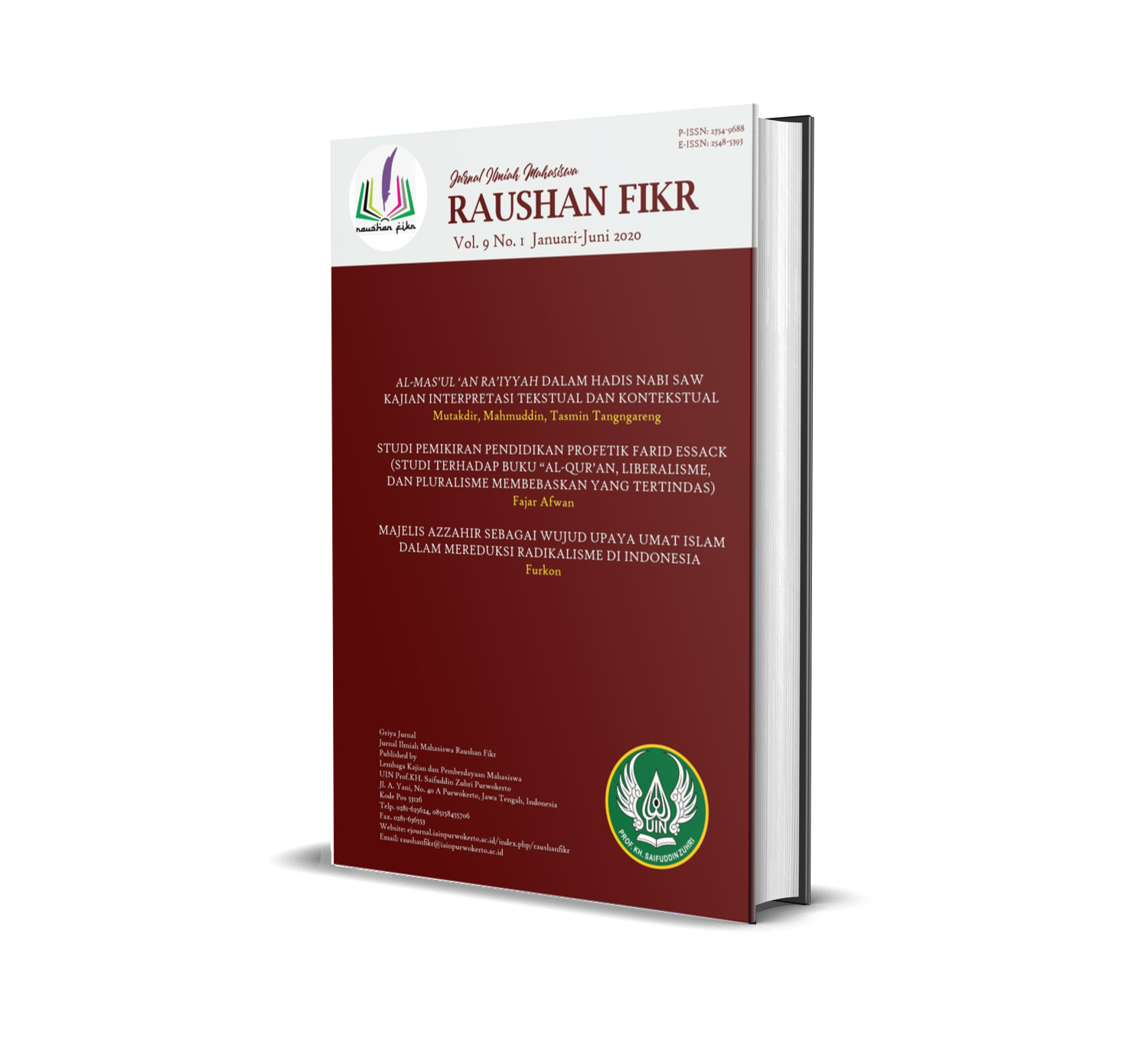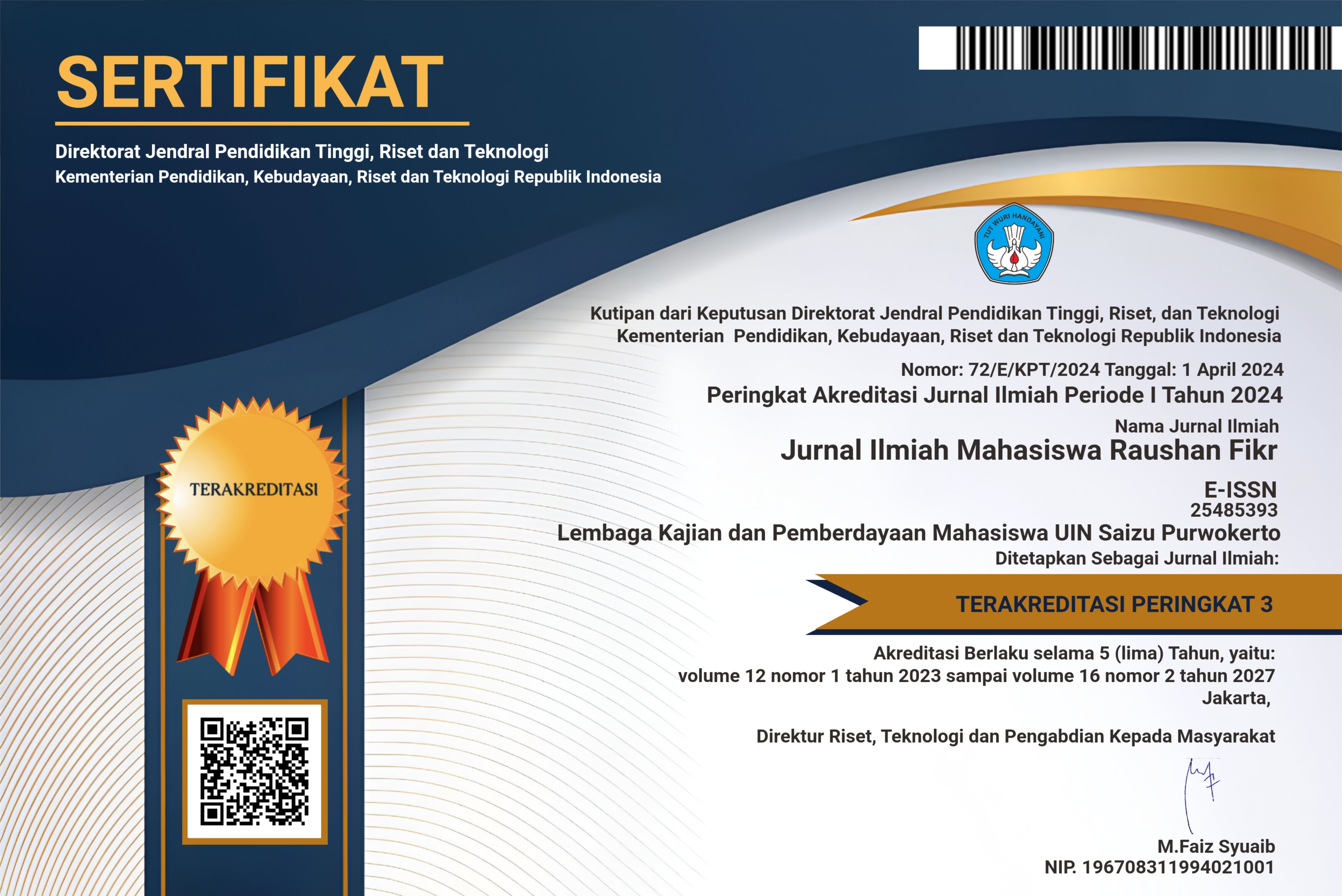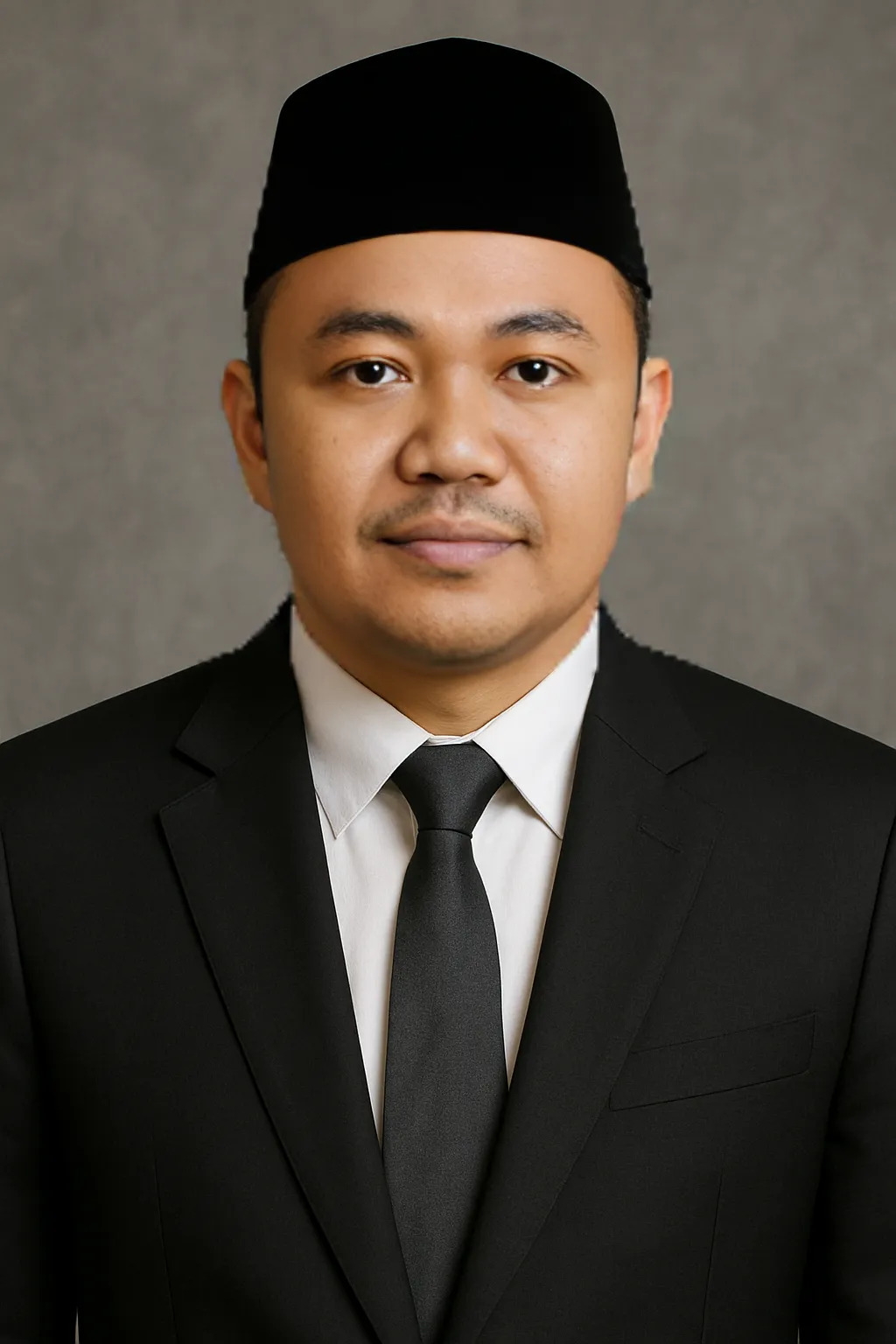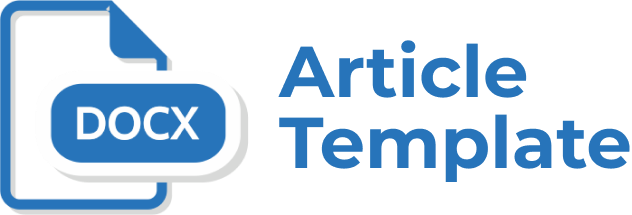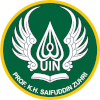VISUAL MEDIA-BASED ENGLISH TEACHING AT THE 11 TH GRADE OF AL-FALAH AL-ISALMEE SCHOOL, BANNANG SATA DISTRICT, YALA-THAILAND
DOI:
https://doi.org/10.24090/jimrf.v9i1.4137Keywords:
Visual Media and English Teaching.Abstract
Al-Falah Al-Islamee School is located in Bannang Sata District, Yala Province- Thailand. Al-Falah is a school located in the border area between southern Thailand and Malaysia. This school is located in the village but has great expectations to be able to compete with other schools. One of the efforts to improve the quality of education is starting from teaching. Teaching English in Al-Falah is very important, this is done to prepare students to be able to communicate well. The problem of students in learning English is that they cannot be active and consider English difficult. Of course, it is the teacher's responsibility to be able to make the students understand by teaching them. The purpose of this study was to find out how the activity and effectiveness of English learning by Al-Falah Al-Islamee teachers based on planning stages of teaching, stages of teaching implementation, and teaching evaluation stage. In this case, the teacher of Al-Falah Al-Islamee has chosen visual media-based English teaching to make the atmosphere of student learning active, creative, and effective. In other words, students can easily understand English language learning. The research method used is a qualitative descriptive method. The research subjects are principals, English teachers, and students. The object in this study is a learning model using visual media-based English teaching. The data collection technique carried out in this study was a triangulation of data namely observation, interviews, and documentation. The data analysis technique in this study was the reduction of display data and verification and then analyzed using qualitative descriptive analysis. The result of this study are that the development of learning using visual media-based English teaching is very effective, this can be seen from students who enthusiastically follow classroom learning and confidence in telling the events of the text. So that these learning activities support in achieving student learning achievements.Downloads
References
Alwasilah, A. Chaedar. Islam Culture and Education: Essay on Contemporary Indonesia. Bandung: PT Remaja Rosdakarya, 2014.
Crawford, Allan. Teaching and Learning Strategies for The Thinking Classroom. New York: The International Debate Education Association, 2015.
Darakai, Hasbullah. The Headmaster of Al-Falah Al-Islamee School, Bannang Sata District, Yala-Thailand, 12 Maret 2019.
Harmer, Jeremy. The Practice of English Language. Harlow United Kingdom: Pearson Education Limited, 2001.
Hermino, Agustinus. Manajemen Berbasis Sekolah di Daerah 3T dan Perbatasan di Indonesia, Kajian Teoritis dan Praktis dalam Maenejemen Pendidikan. Bandung: Alfabeta, 2007.
Larasati, Nuari, dan Abdurrachman Faridi. “The Effectiveness Of Simulation Board Game to Improve Speaking Skill In Descriptive Text To the Tenth Grade Student Of SMA Negeri 2 Wonosobo.†Journal of English Language Teaching 7 (2018).
Mama, Husna. The English Teacher of Al-Falah Al-Islamee School, Bannang Sata District, Yala-Thailand, 21 Maret 2019.
Marwiyah, St, Khaerul Ummah, dan Alaudin. Perancangan Pembelajaran Kontemporer, Berbasis Penerapan Kurikulum 2013. Yogyakarta: Deepublish, 2018.
Pritchard, Alan. Ways of Learning, Learning Theories and Learning Styles in the Classroom. New York: Madison Avenue, 2009.
Sanaky, Hujair A. H. Media Pembelajaran. Yogyakarta: Safiria Insania Press, 2009.
Usman, Basirudin. Media Pembelajaran. Jakarta: Ciputat Press, 2002.
Downloads
Published
How to Cite
Issue
Section
License
Authors who publish with this journal agree to the following terms:
- Authors retain copyright and grant the journal right of first publication with the work simultaneously licensed under a Creative Commons Attribution-NonCommercial-ShareAlike 4.0 International License that allows others to share the work with an acknowledgement of the work's authorship and initial publication in this journal.
- Authors are able to enter into separate, additional contractual arrangements for the non-exclusive distribution of the journal's published version of the work (e.g., post it to an institutional repository or publish it in a book), with an acknowledgement of its initial publication in this journal.
- Authors are permitted and encouraged to post their work online (e.g., in institutional repositories or on their website) prior to and during the submission process, as it can lead to productive exchanges, as well as earlier and greater citation of published work (See The Effect of Open Access).

